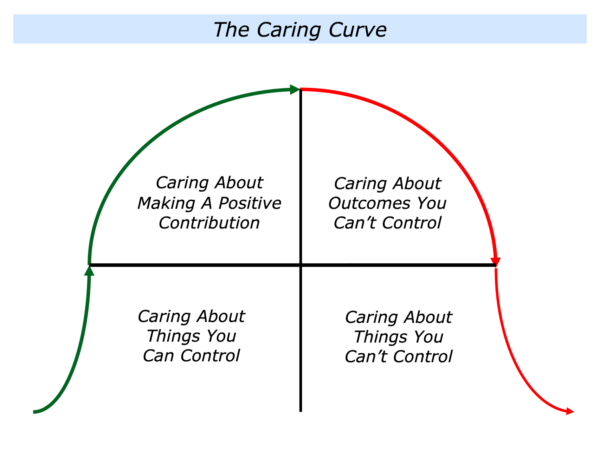
Different people care about different things in their lives and work. The way they express this caring can affect both themselves and other people. Let’s explore this theme.
Some people channel their caring by focusing on the things they can control in their lives or work. They then aim to build on these things and make a positive contribution. This approach can have both pluses and minuses.
The pluses can include the following:
They may focus on the specific things they may be able to affect. They may set specific goals, follow strategies that work and do their best to achieve success. They may aim to do work that helps people or the planet.
The minuses can include the following:
They may recognise that they can only focus on a few things. They may need to be selective to be effective. They may know that what they can do will be limited. They may need to manage their feelings about the things they can’t affect.
Some people channel their caring into focusing on outcomes or things they can’t control in their lives or work. This approach can have both pluses and minuses.
The pluses can include the following:
They may feel that they are being caring by focusing on some of the difficult or troubling challenges in life.
The minuses can include the following:
They may feel depressed because they feel relatively helpless in the face of these challenges. They may also act in ways that passes on this depression to other people.
Imagine that you care about a particular situation. Sometimes this can involve experiencing different emotions on the caring curve. Let’s consider these possibilities.
Caring About Something
You Can Control
Imagine you want to tackle an issue you care about. How can you prepare properly to take this step? One approach is to focus on the following themes.
You can act as a positive model
Many people take this step. Bearing in mind what they care about, they aim act as a positive model in their own life. Borrowing from a phrase used in spiritual faiths and recovery programmes: They aim to sweep their side of the street.
People who take this approach start by taking responsibility for their own actions. They aim: a) to have a positive attitude; b) to translate this into positive actions; c) to do their best to deliver positive achievements.
People who care about peace in other countries, for example, aim to embody this approach in their own lives. They aim to lead by example and show rather than just tell.
You can focus on the positive things in life
and the potential solutions to challenges
Sensitive people often care about many things. Bearing this in mind, they may follow the rule that ‘what you focus on you become’. They may need to put positive things – rather than negative things – into their system.
One approach is for a person to focus on: a) the positive things in their own life; b) the possible solutions to challenges. Many of these solutions are being translated into action by positive people and social enterprises across the world.
Imagine that you have followed elements of this approach. You have aimed to have a sense of gratitude and researched people doing good work around the world. Bearing these things in mind, you may then want to explore the following theme.
You can focus on something you care about
where you can build on what you can control
There are many ways to take this step. One approach is to clarify the things you care about and be selective to be effective. It is then to build on what you can control and tackle one of these issues.
Looking at the topic you want to explore, you may be able to control the following things. Your attitude, your professionalism and the way you aim to make a positive contribution.
Imagine you want to take this approach. You can start by brainstorming the things you care about. Here are some themes that people mention when exploring this theme.
The Things I Care About Are:
Helping people to take care of their health … Enabling young people to find satisfying work … Helping people to solve conflicts … Showing people the benefits of protecting the environment.
Let’s assume you have brainstormed your own list of things you care about. If appropriate, you can focus on one of these where you want to make a contribution. It should also be one where you feel able to build on what you can control in the situation. This can lead to taking the next step.
Caring About Making
A Positive Contribution
Imagine that you aim to translate your caring into action. As mentioned earlier, you can aim: a) to focus on a specific thing you care about; b) to build on what you can control in the situation; c) to make a positive contribution in this activity.
Different people choose different ways to make a contribution. They may aim to raise money for a charity, help people who are experiencing difficulties, build a successful prototype that shows a better way or do another activity.
If you wish, try tackling the exercise on this theme. This invites you to start by clarifying the specific thing you care about where you want to make a positive contribution. Bearing in mind what you can control in the situation, it then invites you to clarify:
The specific results you want to achieve … The specific strategies you can follow to do your best to achieve these results. The specific pluses and minuses involved in working to achieve the goals … The specific things you can do to build on the pluses and manage the potential minuses.
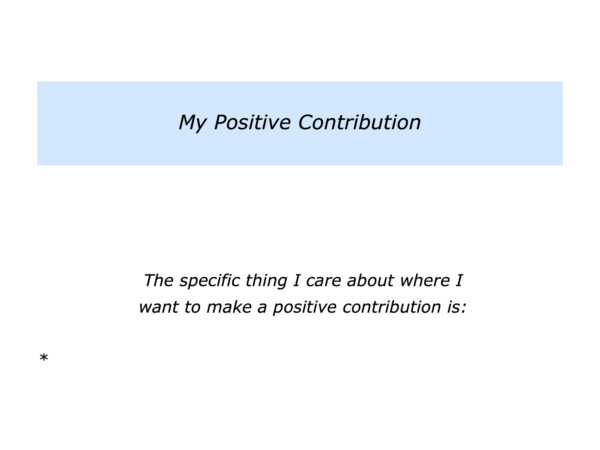
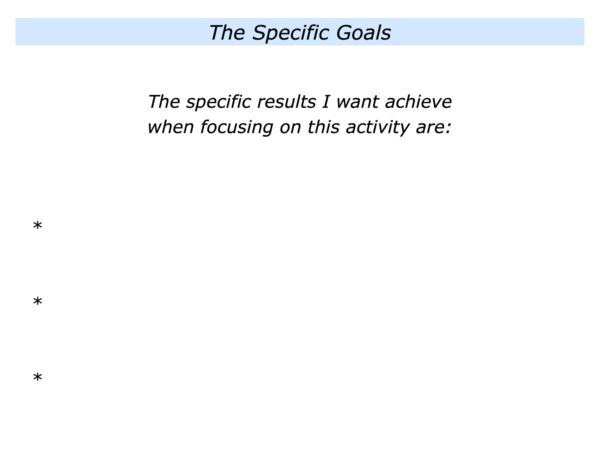
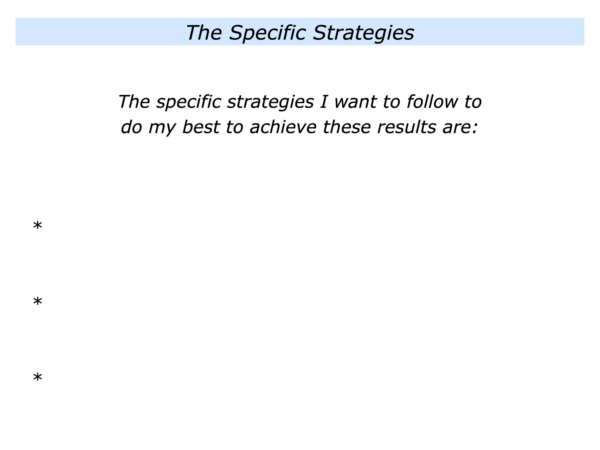
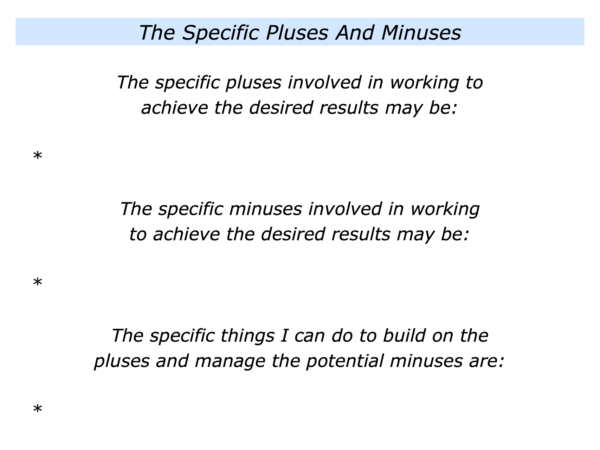
Imagine that you are working to achieve the desired results. Sometimes you may feel up, sometimes you may feel down. The feelings you have may be affected by several factors that are beyond your control. Let’s explore this theme.
Caring About Outcomes
You Can’t Control
Caring about the outcomes is natural but can bring dangers. You can do your best but it is important not to let your self-esteem be affected by things you can’t control.
Bearing this in mind, it is important to maintain a positive attitude and also have a sense of perspective. One approach is to focus on the following themes:
You can always aim to build on what you can control in the situation … You may experience both successes and setbacks on the journey towards your aims … You may sometimes need to separate yourself from the outcomes because these may be affected by things you can’t control.
Great sports people take this approach. They prepare properly, follow their principles and deliver peak performances. Whilst being in a results business, they recognise that many factors can affect the outcomes.
Such people do what they can to shape these factors but they also have a certain criteria for judging their performances. They embody the ethic of continuous improvement by focusing on:
The specific things they are doing well and how they can build on these … The specific things they can do better in the future and how … The specific things they can do to implement these ideas.
Bill Walsh, the famous American Football Coach, took this approach. They followed the agreed strategy and aim to practice what he called routine perfection. He took pressure off his players by repeating this mantra.
Keep delivering the standard of performance and the score takes care of itself.
Let’s return to your own life. You will aim to do your best, build on successes and keep improving. At the same time it is important to find a way of managing your feelings about outcomes you can’t control. One person expressed their approach in the following way.
“I learned to recognise the triggers that led to me going into a downward spiral. Whenever I felt depressed, I chose to focus on the following things.
“First, gratitude – the things I am grateful for in my life. Second, generosity – the things I could do that day to be generous and give to people.
“Taking these steps helped me to get into a positive cycle rather than a negative cycle. This helped me and sometimes helped other people.”
Different people choose different ways to manage their emotions about the outcomes they can’t control. Let’s explore another theme that can sometimes be challenging.
Caring About Things
You Can’t Control
Imagine you care about a situation but can’t see how you can help. You want to do your best but feel limited by certain things you can’t control.
You may want to help a troubled person who refuses to take responsibility for their own behaviour .. You may want to improve things in an organisation that is led by a toxic Chief Executive … You may want to help innocent people who are the suffering as the result of actions by war lords.
Different people respond to such situations in different ways. Some keep worrying about the things they can’t control. Some get depressed and fall into a negative cycle.
How to manage such emotions? One approach is to go back to the first stage of the caring curve. It is: a) to focus on the things you can control in the situation; b) to aim to make a positive contribution.
Such an approach may not save the world, but it may help both yourself and other people. You can then aim to do your best during your time on the planet.
Let’s return to a shortened version of the exercise described earlier. Imagine that you want to focus on something you care about and make a positive contribution. How can you do this in your own way?
What may be the specific thing you care about? How can you focus on what you can control in this area? How can you then make a positive contribution? What may happen as a result of taking these steps?
If you wish, try tackling the exercise on this theme. This invites you to complete the following sentences.







Leave a Reply